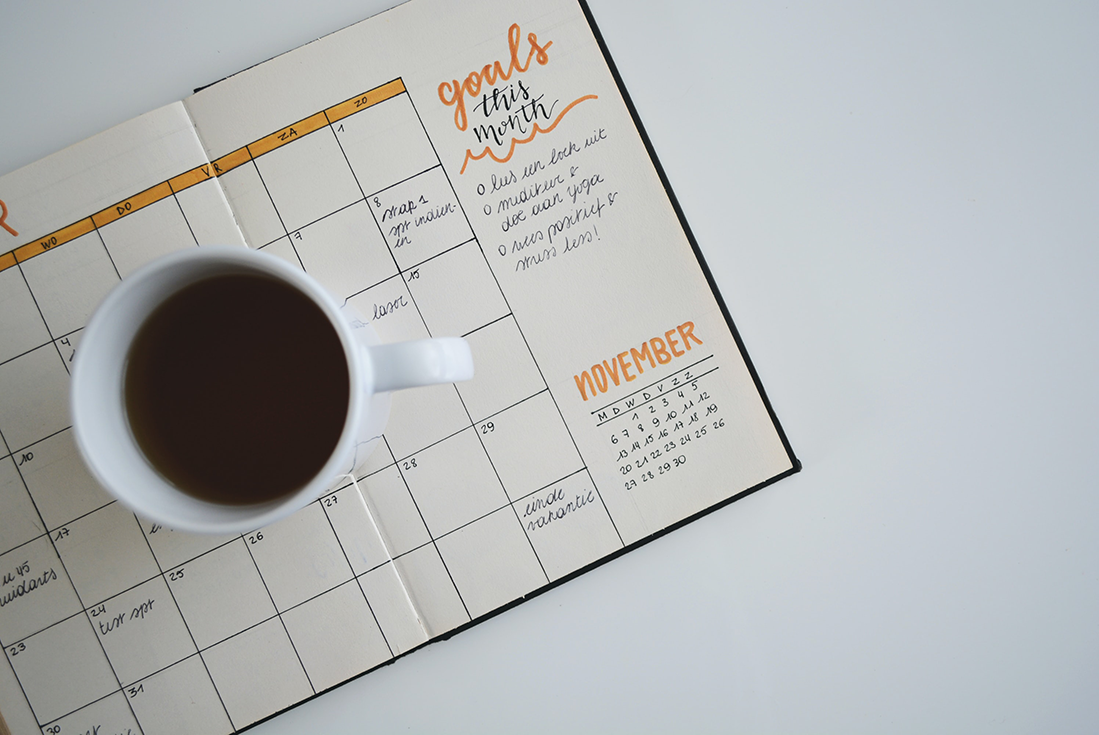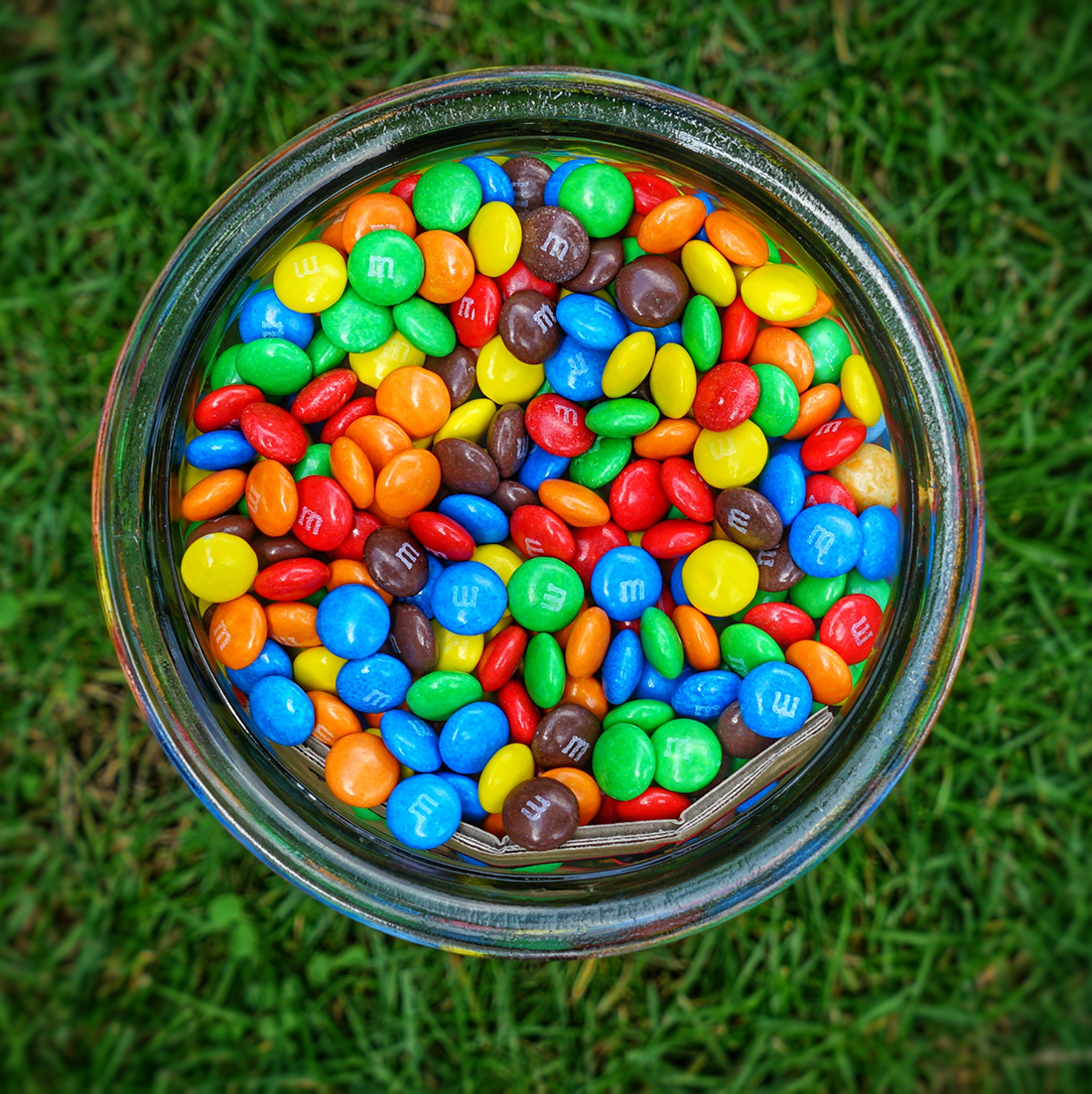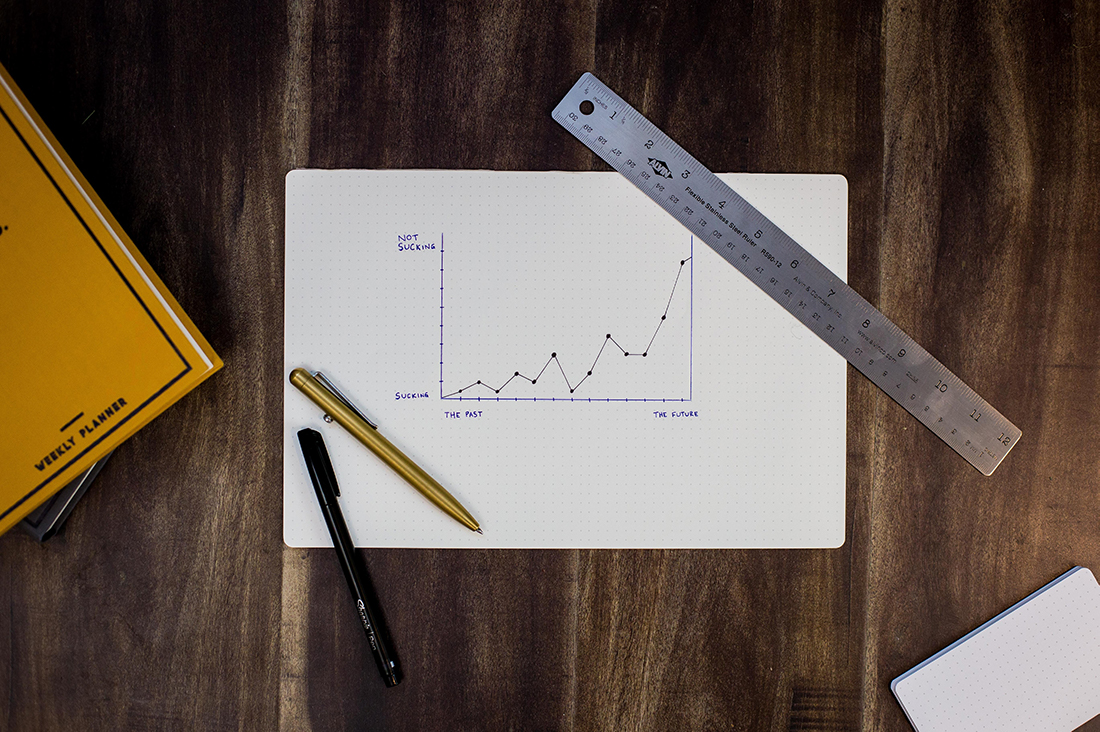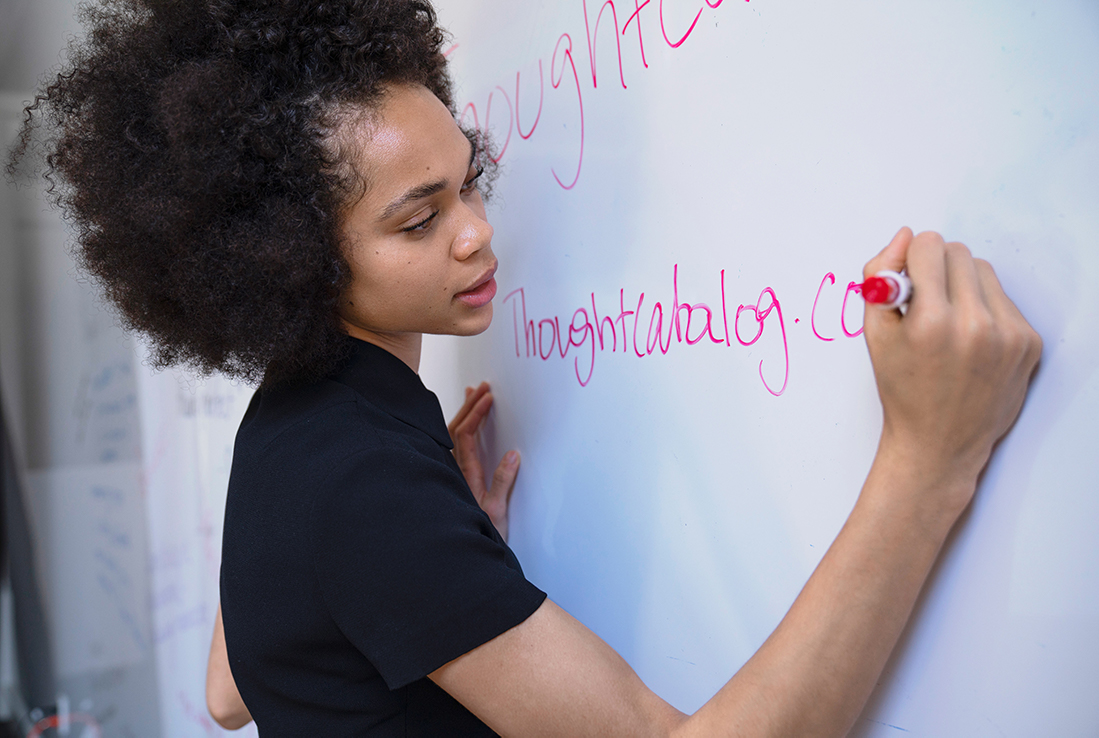9 Tips for a Successful Design Retrospective
Sometimes the best way to inspire a creative team is by looking back at projects. A design retrospective can help you evaluate projects upon completion, look back at workflows and results, and take lessons learned to future work.
Too often there’s a negative association with a design retrospective, while constructive criticism should be welcome, there should also be plenty of opportunity to highlight wins, big and small, from a project.
Here, we’re going to look at tips for making your design retrospectives more successful. You want them to be a welcome experience.
Set a Schedule and Agenda

Any time you pop the “surprise” design retrospective on someone’s calendar, there’s an immediate thought: “What went wrong?”
Avoid starting on the wrong foot with regularly scheduled retrospective meetings. Go ahead, put all the meetings for the entire year on the calendar now.
The nice thing about scheduling everything at once is that looking at and evaluating works becomes a planned part of the design process. You aren’t just looking at projects and workflows after a project is complete; you have a system in place to look back on different parts of a project to create continuous improvement.
After meetings are set, create an agenda, and timetable for these meetings. Keep them short if you can. (The most regular of a meeting cycle you have, the easier it is to hold quick meetings.)
Set a frequency (maybe every two weeks or once a month). Aim for a 30-minute retrospective. Pick a recently completed project (or part of a project) to focus on.
Break the meeting into four parts:
- Synopsis of the project and goals (5 minutes)
- Conversation about what went well (10 minutes)
- Conversation and suggestions for improvement (10 minutes)
- Next steps (5 minutes)
Invite the Right People
A successful design meeting can hinge on having the right people in the room. The right number of people can also play a role.
Invite members of the team who were directly involved in a project. For more frequent meetings, this may involve inviting different people at different times based on where in the process a project is, and that’s ok.
The magic number of attendees for this meeting is such that everyone has an opportunity to have a voice. Too many people in the meeting and some won’t get an opportunity to speak; too few people and some may not feel comfortable talking about the work or have all the information needed for a strong discussion.
Mix Up Roles
Create rotating roles so that different people facilitate design retrospectives. Maybe the meeting leader is determined by project role or maybe you pick a random facilitator for each meeting when you set the schedule.
Empower the meeting facilitator to run the meeting in their own way so that you have different types of meetings and ways of communicating about projects.
Gamify It

A design retrospective can be a lot of fun. You can turn it into a game of sorts with varying methods to help participants stay engaged.
How you do it is rooted in the makeup and location of your team.
Some of the best ideas for how to run a fun design retrospective come from Hike One (click through for instructions on how to run these games as part of your retrospective).
They include:
- Using emojis to describe feelings about a project
- Using colorful candy to explain how things went for elements of a project
- Use items to represent elements of your goals and project (such as the sailboat or kite game)
- Use newspaper headlines to describe the projects
- Use a pizza with slices with questions for the team to answer
Focus on Solutions, Not Problems
Working with a positive outlook can help ensure the success of these meetings.
It can be easy to focus on things that maybe didn’t go as planned or missed deadlines but don’t fall into a negative cycle for design retrospective meetings. Instead, focus on solutions for smoother workflows or projects next time.
The goal here is to fix out how to improve processes without turning meetings into gripe sessions.
Look at Individual Projects and Trends

A few times a year, expand your design retrospective beyond just a single project. Take a broader look at trends with projects as a whole.
This will help you determine if you are learning and evolving based on discussions from these meetings.
Track action items during projects and milestones. Compile the data. What does it say over time? Are projects more efficient? Are team members completing tasks faster? Are you getting better feedback on designs from clients?
This time-based data can help you structure and grow from design retrospectives, shaping future discussions.
Include Time for Brags
Every design retrospective meeting agenda should include a moment for brags from team members. What went well? Who did exceptional work or figured out a design problem in a new way?
Prompt everyone on the team to come with a brag – something they did themselves or something that they can share about another member of the team. Try to provide an incentive for brags to encourage participation.
The other great thing about brags is that it helps team members pay attention to each other and the work they are doing for a project. It can also inspire others because they want a “brag moment” of their own.
Use the Right Tools

A good design retrospective takes the right tools.
If you are meeting in person that might be a whiteboard or sticky notes (or any props to go with games you might be playing).
But with remote teams, you may have to rely on digital tools to create that same environment. Maybe you use a Figma board or a Google doc that’s shared for everyone to see in real-time video chat.
There are plenty of digital options if you aren’t meeting in person. So, having a remote team is not an excuse to forego design retrospectives.
The same is true if you are a team of one. It’s still a good practice to look back on your own work, lessons learned, and advice for moving forward with other projects. If you need help, jumpstart your own design retrospective with client feedback via a survey.
Conclusion
A design retrospective should be a part of every designer’s workflow. Schedule time to look back at projects and look forward to new ways of managing design work.